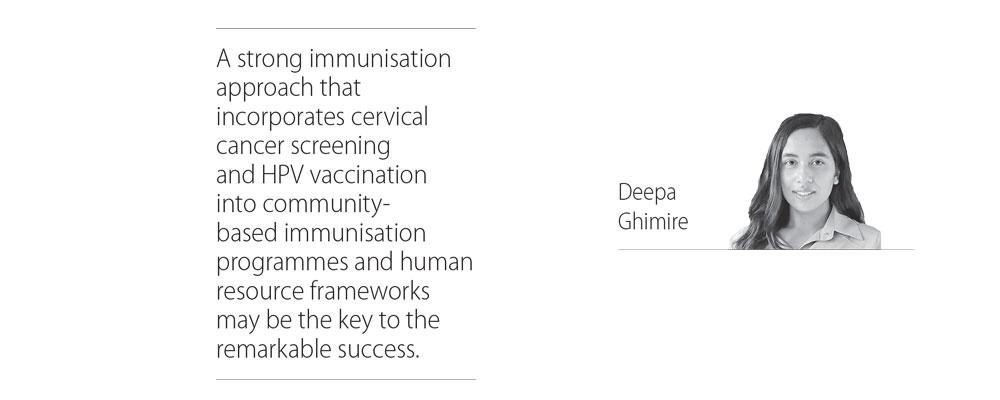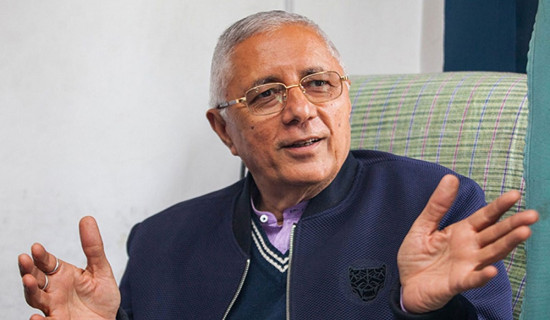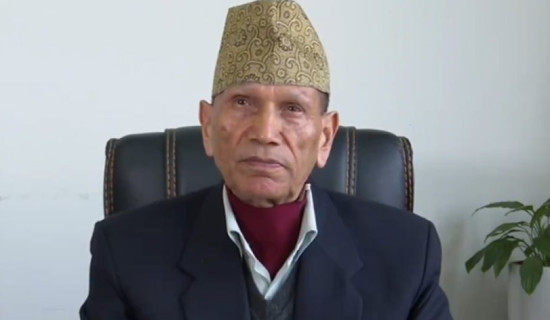- Wednesday, 31 December 2025
Cervical Cancer: A Serious Public Health Threat
One woman dies of cervical cancer every two minutes… Each one is a tragedy, and we can prevent it."-Dr Tedros Ghebreyesus, WHO Director General
Cervical cancer, despite being a preventable and potentially curable disease, is the fourth most common cause of cancer among women worldwide with an estimated 604,000 cases and 342,000 related deaths reported in 2020 where 90 per cent of mortality occurs in low- and middle-income countries (LMICs). Inadequate screening systems, a lack of public awareness and education, and a paucity of medical professionals with the training and experience to diagnose and treat precancerous lesions of the cervix are frequently to blame for the higher incidence and mortality rates of cervical cancer in low- and middle-income countries.
According to Global Cancer Observatory 2020, 200,000 new cases (32 per cent of the global burden) and 100,000 deaths (34 per cent of global mortality) of cervical cancer occurred in the South East Asian Region accounting for a significant share of the global cervical cancer burden and Nepal is no an exception. Cervical cancer ranks as the first most frequent cancer among women in Nepal and the second most frequent cancer among women between 15 and 44 years of age with an incidence of 16.4 per 100,000 women, compared to the WHO-desired target of 4 per 100,000 women, which is almost four times the target to end the public health concern of cervical cancer. Recent estimates indicate that every year 2,244 women are diagnosed with cervical cancer and 1,493 die from the disease.
Prevention and control
According to WHO projections, countries may empower an estimated 250,000 women to contribute to the global economy, which is projected to be worth $28 billion through 2050, by investing in cervical cancer prevention and control. So, in May 2018, for the first time ever in the history the world made a commitment to eliminate cervical cancer that incorporates scaling up interventions to achieve the 90-70-90 goals by 2030: (i) 90 per cent of girls fully vaccinated for human papillomavirus (HPV) by the age of 15; (ii) 70 per cent of women screened by the age of 35 and again by the age of 45; and (iii) 90 per cent of women with pre-cancer treated and 90 per cent of women with invasive cancer managed.
As the WHO marks the third anniversary of a historic global movement in November 2023 of eliminating cervical cancer, member states have demonstrated a remarkable political resolve by formulating and implementing national elimination plans. However, Nepal is still at a sluggish rate. Other SEAR countries – Bhutan, Indonesia, Maldives, Myanmar, Sri Lanka and Thailand – had already introduced the HPV vaccination nationwide but Nepal is still in a planning phase. Administration of two doses of HPV vaccine for 9 and 14 years aged girls before the onset of sexual activity as per the WHO recommendation is the best primary prevention against cervical cancer. However, numerous studies have emphasised the high costs, obstacles in the supply chain, and the absence of national HPV vaccination programmes being a hindrance to low coverage i.e. 15 per cent.
Along with the detrimental impact on health and mortality, cervical cancer has a significant social and economic cost in countries like Nepal. The data obtained from various cervical cancer screening camp adds more evidence to the emerging burden of cervical cancer. A cervical health examination of 2,121 women from eight districts of Madhes province showed 59 of the examinees have cervical cancer, and 562 women are at high risk of uterine prolapse. (Source: Kathmandu Post, July 3, 2023). Similar screening camp through VIA (Visual Inspection Acetic Acid) test conducted at Baiteshwor and Jiri municipality, Dolakha in December 2023 showed a positive case of 42 and 146 women with second, third and fourth degree uterine prolapse out of 858 women tested. (Primary Source: Green Tara Nepal)
Immunisation
These figures are merely the tip of the iceberg; further research is needed to fully understand the spectrum of cervical cancer. Social and cultural constraints such as ethnic variances, public awareness, reaching out to non-schooling girls, consent concerns, and feeble political commitment need to be uprooted to eliminate the cervical cancer. Unless all teenage girls, regardless of their social or economic background, are not enrolled in an efficacious HPV vaccination programme, the issue of cervical cancer will continue to persist. A strong immunisation approach that incorporates cervical cancer screening and HPV vaccination into community-based immunisation programmes and human resource frameworks may be the key to the remarkable success.
(Ghimire is a public health professional)
















